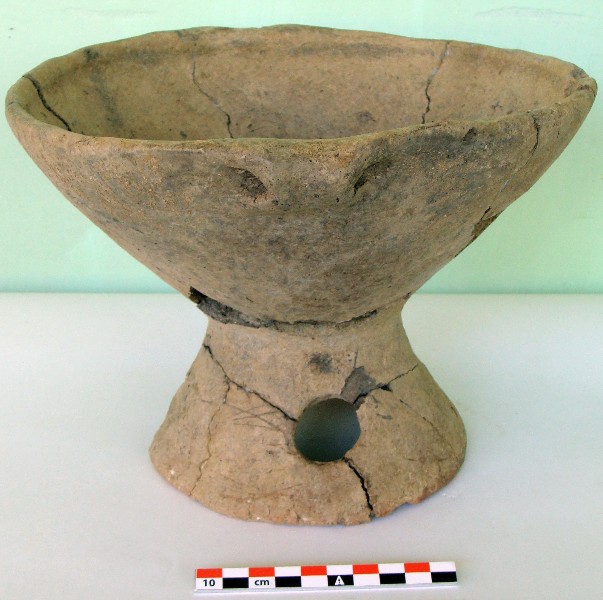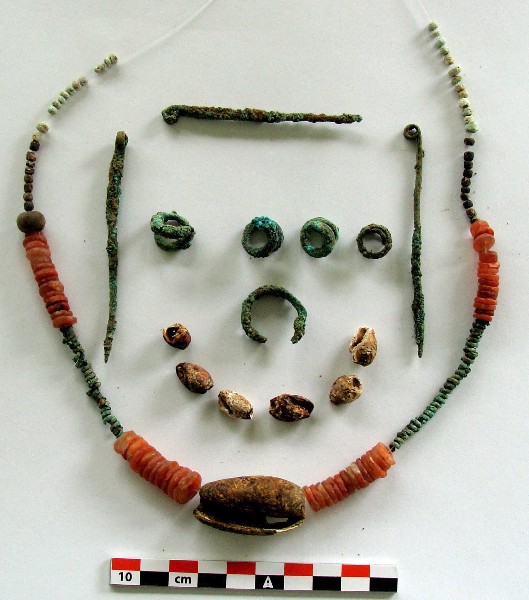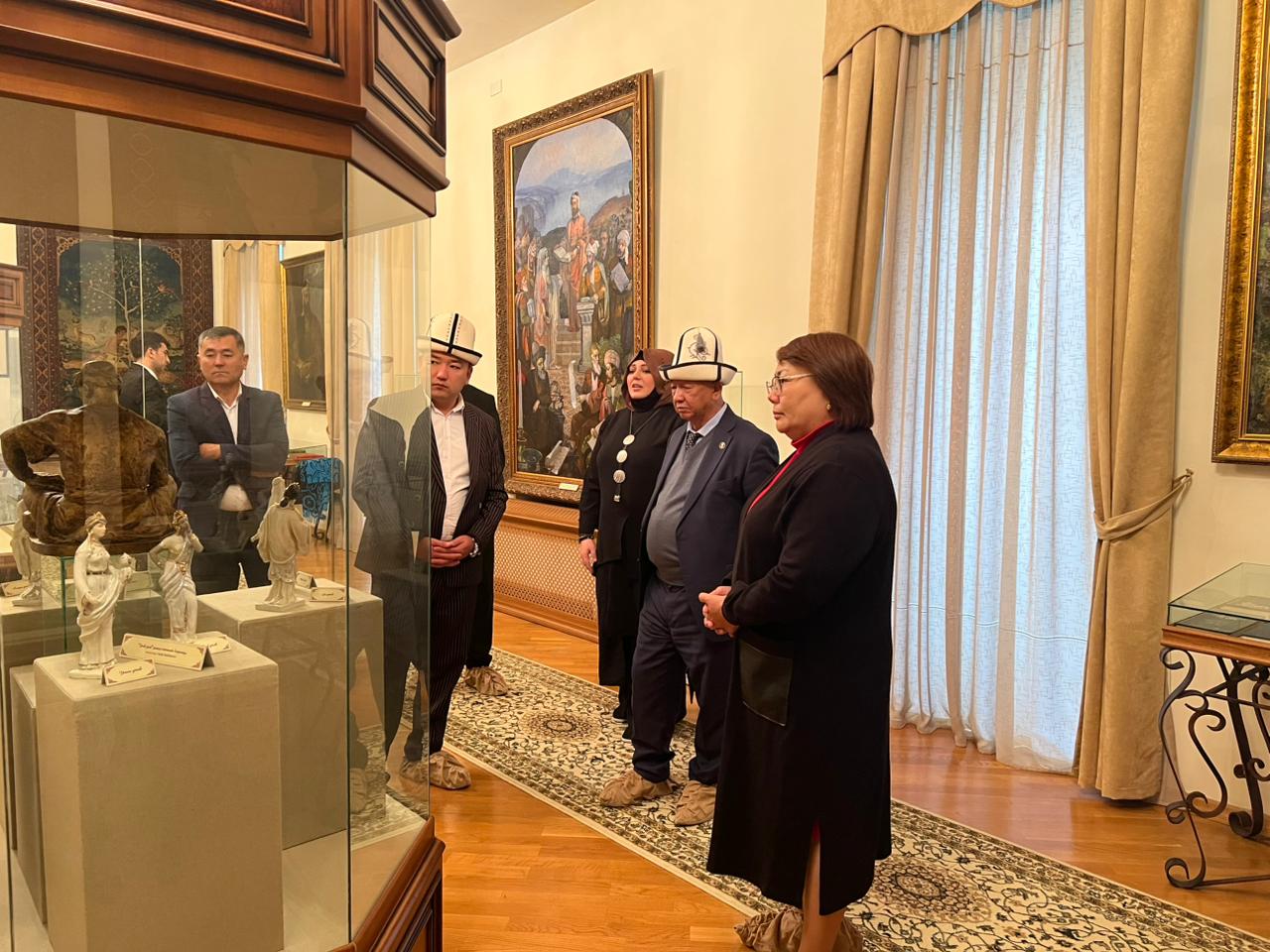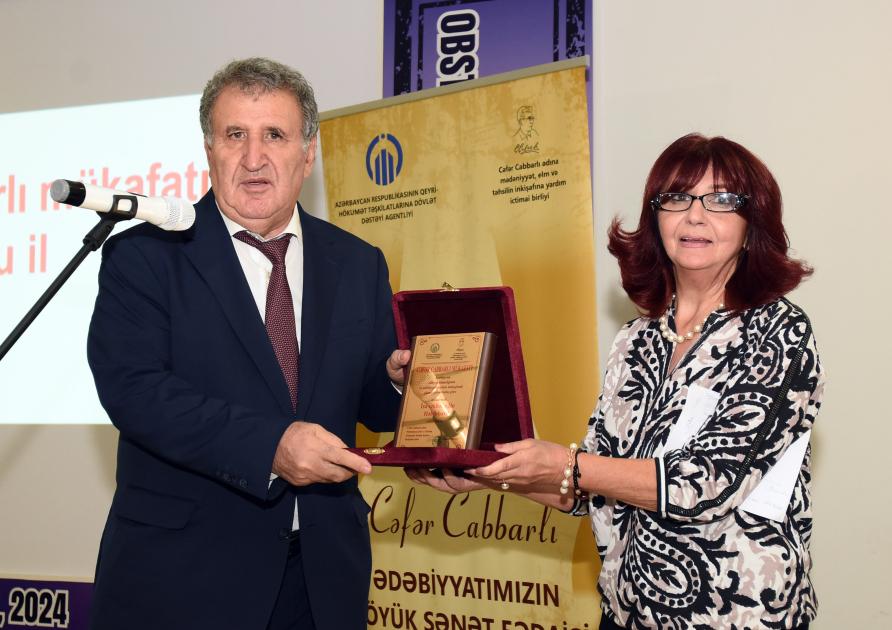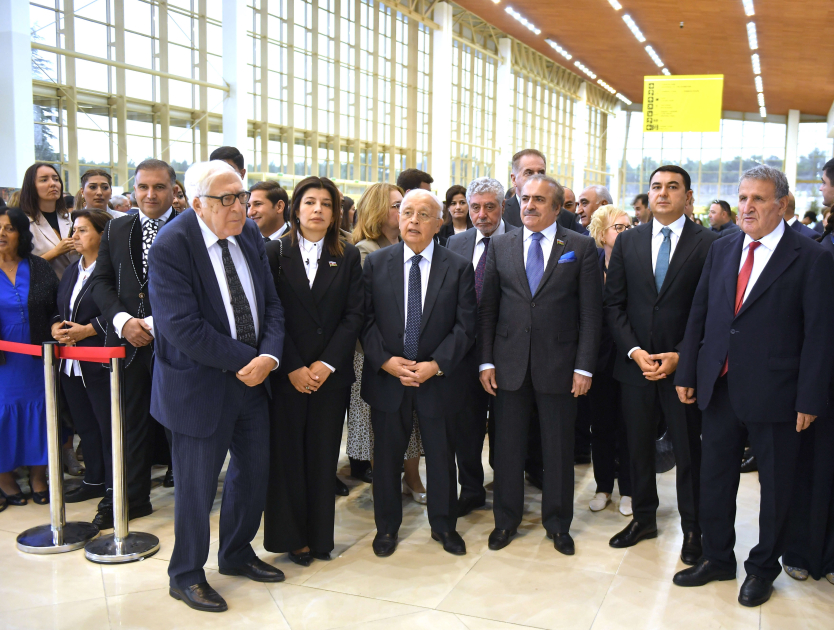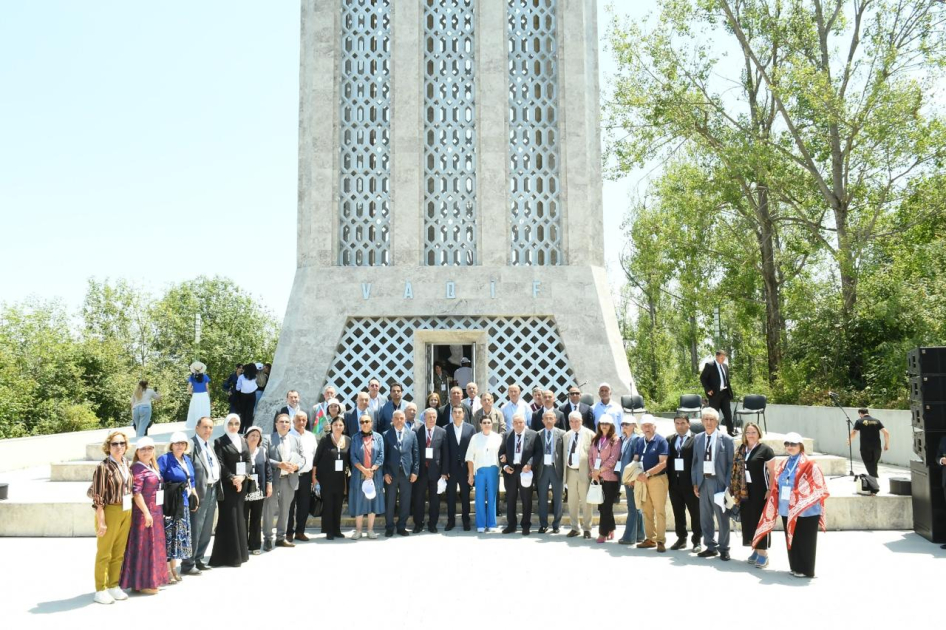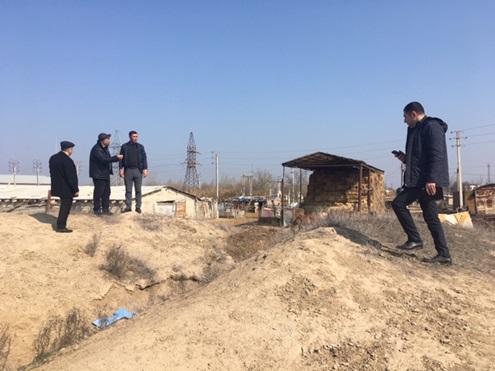- A-
- A
- A+
Tools related to the IV millennium BC discovered in Gabala
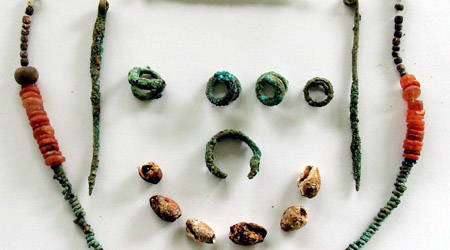
Expedition "Ancient Gabala" of the Institute of Archaeology and Ethnography, which studies relating to Copper and Bronze Age (4-3 millennium BC) archaeological sites in the territory of Gabala region, continued his studies in the summer season 2016. The main object of study of this expedition, led by the Deputy Director of the Institute for Science, PhD in the history Najaf Museyibli, this year as in previous years, was referring to the archaeological culture Leylatepe Galayeri, ancient settlement on the territory of the Gabala International Airport. As a result of excavations carried out on this monument relating to Copper Age period - tools made of metal, stone, clay and bone - IV millennium BC, the remains of material culture were found.
As a result of investigations it was found that, as in the ancient cultures of the Middle East, in the settlement Galayeri, different types of earthenware were made on a potter's wheel. At the same time, part of potter’s wheel was found in the monument, which was considered the most advanced technology in the production method of the time.
Headed by N.Museyibli archaeological expedition has made a discovery that would cause a sensation in scientific circles. Thus, one of the greatest achievements of the excavation is revealing catacomb burial monument, dug under the cultural layer in the damp earth. According N.Museyibli, this tomb, which has a 6-thousand-year history, is the oldest tomb catacomb type in the Caucasus and Europe.
The expedition also followed up in 2014 to study the necropolis of the early Bronze Age, situated on the right bank Garachaya (reported by Yasin Garibov, a resident of the village Dizahly). As a result of excavations carried out in the grave №2, in addition to the skeleton were also found more than 100 objects ornaments made of various metals and materials, as well as some 30 potteries.
According N.Museyibli artifacts found within the historical association of the Kur-Araz culture create opportunities for determining the culture of the Eastern Caucasus (covers the territory of Shirvan, Guba-Khachmaz region, southern Dagestan, particularly the neighborhood Darband) in the 3rd millennium BC.
©All rights are reserved. Citing to www.science.gov.az is necessary upon using news.
Similar News
Links
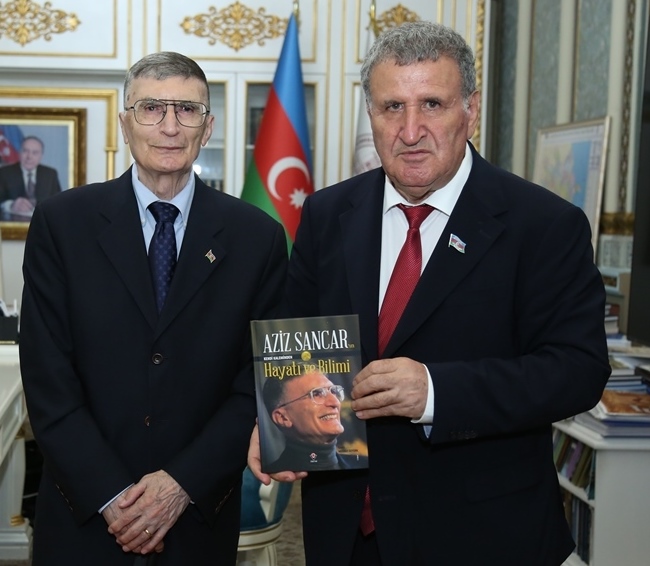

 Elm TV
Elm TV
 Photo
Photo
 Video
Video
